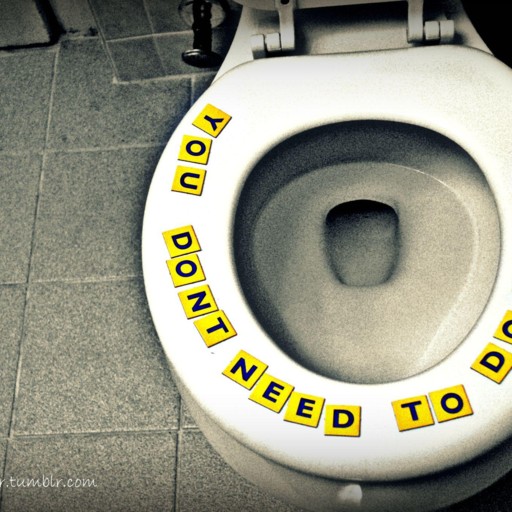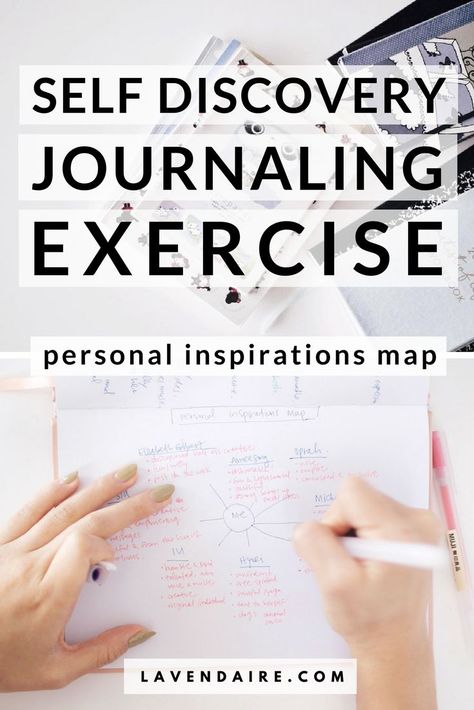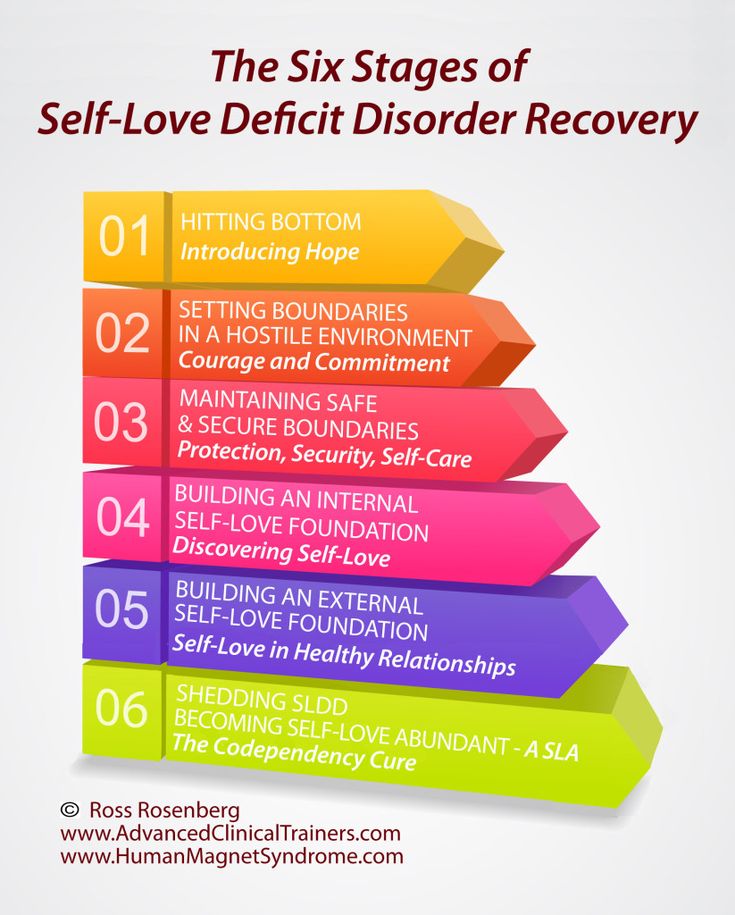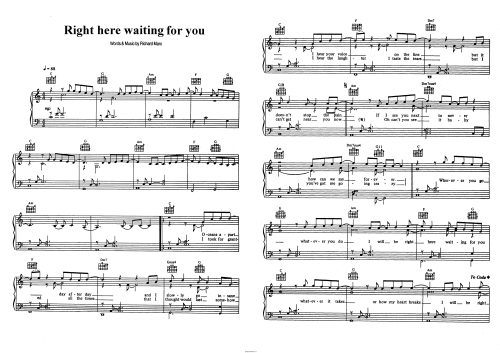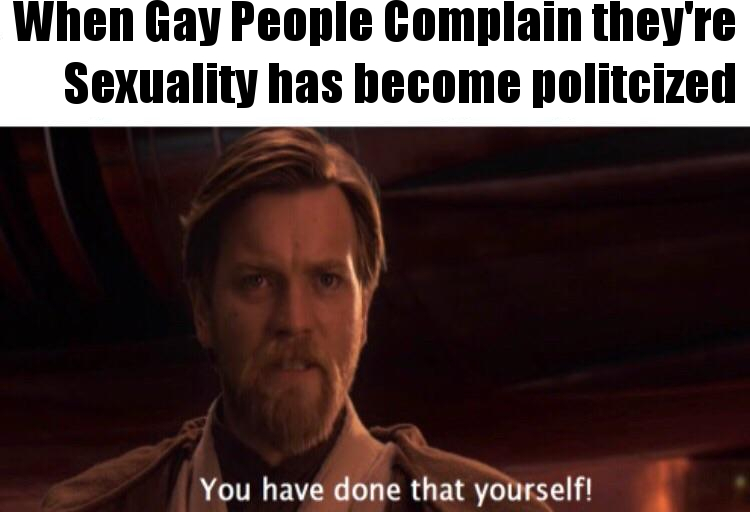Black and white thinking quiz
How to Assess Black-&-White Thinking in Yourself and Others
Polarized, black-and-white thinking is a big problem. It distorts our understanding of realities involving shades of gray, which most human realities are. Binary thinking produces misleading maps of a complicated, nuanced world.
When we face difficult situations, all-or-none thinking blinds us to the possibility of a middle ground, leaving us with only simple, extreme options that rarely work. This type of cognition results in maladaptive emotions and behaviors, an array of mental health diagnoses too numerous to mention, and in its milder and more common forms, all sorts of problems in living and relationships.
Everyone engages in black and white thinking sometimes, because it is quicker and easier than careful consideration of a spectrum of possibilities. Problems arise when we rely on it too much, especially in dealing with emotionally important situations, issues and relationships.
Persistent problems in a particular life area suggest that some kind of dichotomous thinking is going on below the surface, driving the ineffective functioning. This is especially true when extreme emotions and/or behaviors occur, because these are the hallmarks of polarized cognition.
The Value of Balance
When styles of psychological functioning are conceptualized on a continuum, effective styles are usually located in the mid-range—the Goldilocks Zone. For example, in responding to conflicts, passive behavior is usually ineffective, and so is its opposite, aggression, while the option in the middle, assertive behavior, is most likely to be effective. Lots of things work this way, as described by great psychologists from Aristotle to Marsha Linehan (2014) and summarized in the first post of this blog and my book, Finding Goldilocks (2020).
Of course, this paradigm doesn’t apply to everything—it applies to personality-related styles or ways of operating, as opposed to traits that are good by definition, like skills, talents, and capabilities. For example, the type of spectrum we are interested in would not have “socially skilled” at one end and “socially awkward” at the other, but it might have “aloof” at one pole and “clingy” at the other, because these words describe opposite styles of interpersonal functioning, with “friendly” in the middle.
Constructing an Individualized Scale
If you would like to use this paradigm to conceptualize a psychological problem and point the way toward change, the first step is to identify the relevant spectrum: the dimension of functioning on which the ineffective style is located. Ten-point scales are handy tools for this task because they provide a spatial analogy and numbers to supplement our usual reliance on words. Here are some classic examples:
Source: Shapiro, 2015; 2020
This scaling exercise works best if it is done in writing, so you can see what you are doing and use spatial information as well as words. To define the spectrum relevant to a problem important to you or someone you know, draw a 10-point scale on a piece of paper or in a computer file. Then, briefly describe an extreme version of this style of functioning under scale-points 8 to 10. One word might be enough to define this pole of the spectrum.
Next, briefly describe the opposite style of functioning.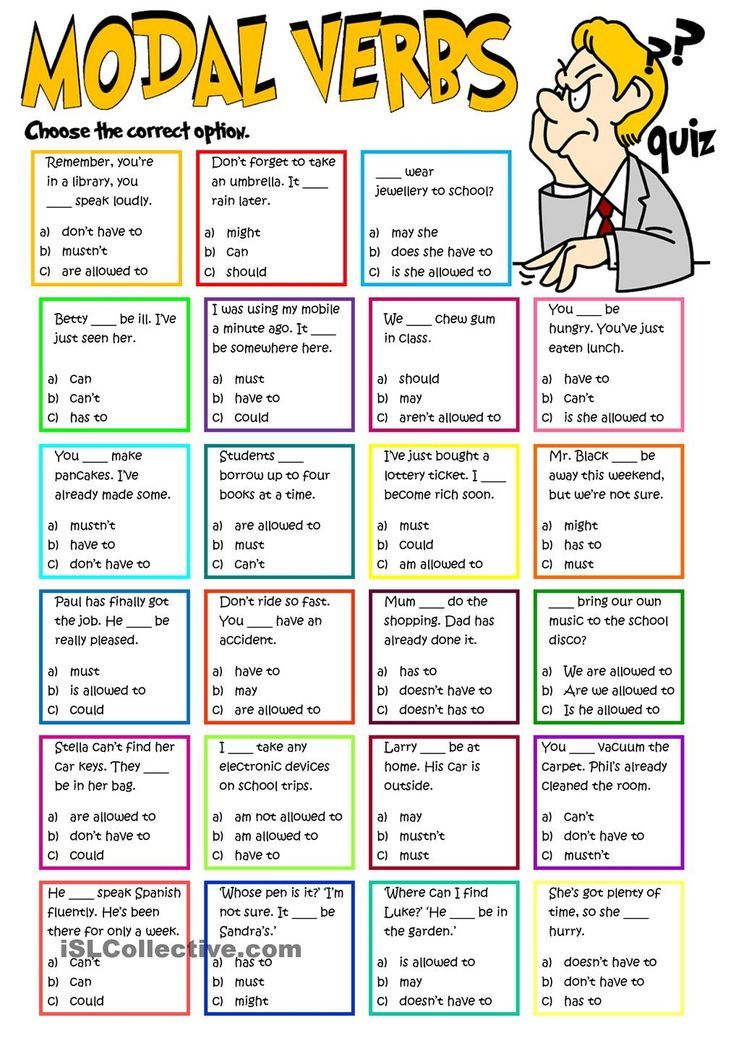 Do not just describe the absence of the style (e.g., not reckless, not wasteful, not aggressive)—define the reverse of that way of operating (e.g., cowardly, miserly, submissive). If you are constructing a scale for a personal issue, think about the way of functioning you most dislike, fear, or want to avoid. To find the right words for scale-points 1 to 3, think of ways of functioning that are extreme on this dimension. These will generally correspond to psychological styles that are dysfunctional but in a way opposite to the style which has been the problem.
Do not just describe the absence of the style (e.g., not reckless, not wasteful, not aggressive)—define the reverse of that way of operating (e.g., cowardly, miserly, submissive). If you are constructing a scale for a personal issue, think about the way of functioning you most dislike, fear, or want to avoid. To find the right words for scale-points 1 to 3, think of ways of functioning that are extreme on this dimension. These will generally correspond to psychological styles that are dysfunctional but in a way opposite to the style which has been the problem.
Next, with the continuum defined by its poles, write words or phrases that describe the moderate middle under scale-points 4 to 7. (5.5 is the exact midpoint.) This style should represent a synthesis or balance that combines positive elements from the two extremes on either end of the spectrum. It might also be useful to describe the two intermediate regions between the midpoint and poles. Whether you include this or not, you have completed a first draft of your scale.
Now it is time to indicate where you (or the person you’re doing this for) are located on the spectrum. You can give your answer in the form of a number or mark on the scale. If it’s hard to decide between two numbers, use a fraction or decimal. This number probably summarizes a lot of information in a very succinct way. You have done a preliminary assessment on a spectrum—but let’s delve further into this method of analysis so you can circle back and, if appropriate, revise your scale and do a more definitive assessment.
Here is an example based on the spectrum of possible responses to direction from others. Oppositional people usually value their independence a great deal, and they hate the idea of being controlled by others or obeying authority in an unquestioning manner. These individuals sometimes misunderstand their need for autonomy to mean they must constantly push back against direction from others in order to preserve and protect their independence. This problem is based on black-and-white thinking: The person feels she must choose between being controlled by others and constantly opposing them.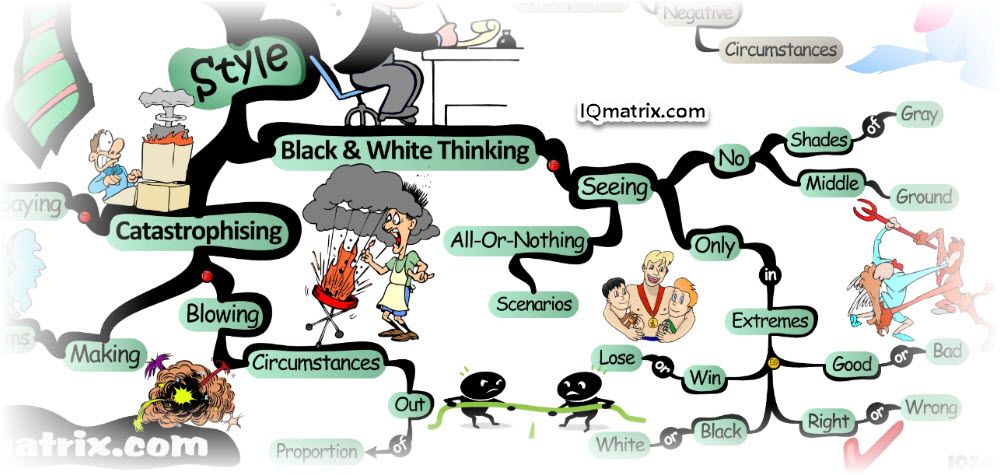 The problem could be solved if the person had a more accurate picture of the range of possibilities in between. Here is the relevant spectrum:
The problem could be solved if the person had a more accurate picture of the range of possibilities in between. Here is the relevant spectrum:
Source: Shapiro, 2015; 2020
Many psychological issues work this way: Opposite styles of functioning have advantages and disadvantages, both are maladaptive in their extreme forms and, when balanced in a moderate synthesis, the result is a flexible, effective style. On 10-point scales, such styles are located in the middle of the spectrum, in the 4-7 range.
Here are three more diagrams of three more problems that have come up in my work with clients. I provide no explanations because, if the diagrams were composed well, you will be able to identify the dimension of functioning that was problematic for the client—although you won’t be able to tell at which extreme he was located when therapy began, because that does not matter to the spectrum.
Source: Shapiro, 2015; 2020
Source: Shapiro, 2015; 2020
Source: Shapiro, 2015; 2020
Scales like these prompt us to consider important truths that we often ignore because, especially when emotions are intense, it is tempting to glom onto one side of a two-sided issue and dismiss the other.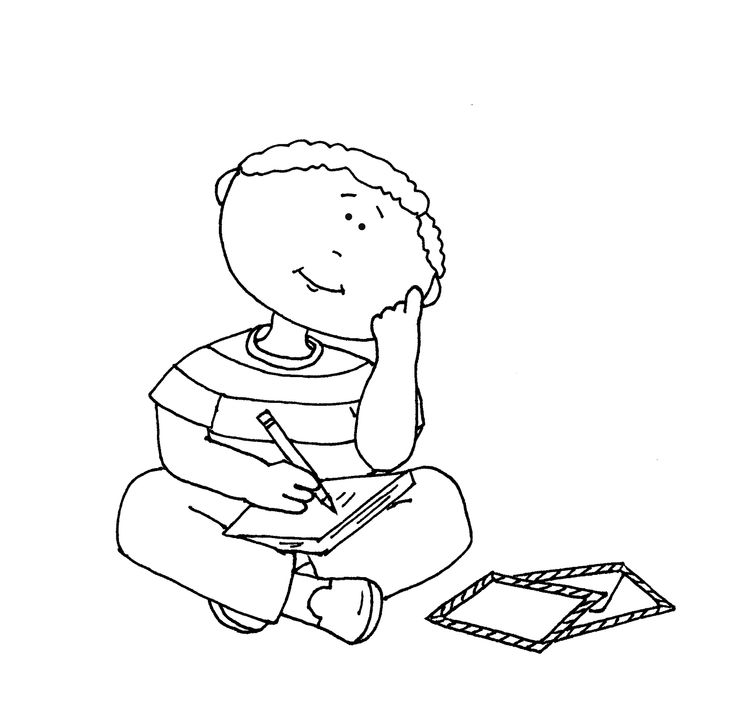 However, most difficult issues have at least two sides, which is the reason for Dialectical Behavior Therapy's stock question, "What else is true?"
However, most difficult issues have at least two sides, which is the reason for Dialectical Behavior Therapy's stock question, "What else is true?"
Even dysfunctional ways of behaving usually have a point; they usually developed in response to some aspect of reality, and they usually have some type of adaptive value in some situations. The problem with most dysfunctional styles is that they have gone too far and taken their valid point to a maladaptive extreme. This principle applies to every example of a scale presented in this post. For instance, it is good to stand up for ourselves but bad to be violent, good to be thrifty with money but bad to be miserly, good to be independent but bad to be oppositional, and so forth. Identifying the element of validity—giving the problem its due—is a useful step in the process of constructing a more effective way to function in the area of concern.
My next post will explain how to use these scales to set goals for personal change. But you’ve already come this far, so why not go ahead and identify the number indicating where you (or the person you’re thinking of) would like to be on the spectrum in question.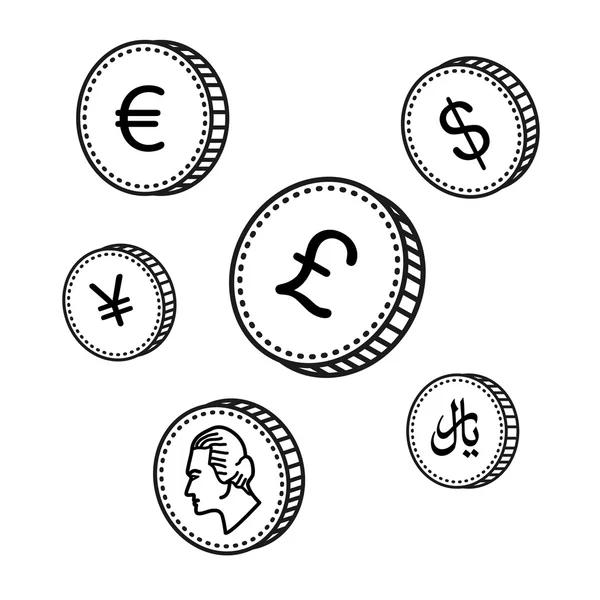 It might not be that far from the scale-point identifying the current position, in which case the goal for change is closer than it had initially seemed.
It might not be that far from the scale-point identifying the current position, in which case the goal for change is closer than it had initially seemed.
What Kind of Thinker Are You? — Causeit, Inc.
What Kind of Thinker Are You?
Did you know that people think in different ways?
We've found there are eight distinct thinking styles. We use each of the styles at different times, but some come more naturally than others. It's like being right- or left-handed.
This quick quiz will tell you the style that is most natural for you. Knowing your style will help you be more productive, collaborate better with colleagues, and be more energized at work.
After the quiz, we'll send you practical tips about thinking styles can help you and your team.
Let's get started! Remember, there's no right or wrong answer. Just pick the answer that comes most naturally.
This test is a beta. Please feel free to provide any feedback to us at talk@causeit.![]() org
org
Your natural thinking styles is: EXPLORER
EXPLORER thinking is focused on ideas and oriented towards the big picture. Explorers like to solve problems, envision opportunities, and recognize patterns. They value creativity and imagination. They like when people ask for help to solve difficult problems but prefer for others to work out and execute the details.
We've got more to tell you about thinking styles. If you gave us your email, check your inbox for an explanation of all the thinking styles. Most people have two or three that they use on a regular basis. You can also go to http://www.causeit.org/being-a-thought-partner at any time for an overview.
Your natural thinking style is: PLANNERYour natural thinking style is: PLANNER
Planner thinking is at the intersection of "Big Picture" and "Process." Planners like to figure out how to get from A to B, design effective systems, and work out the right priority and sequence.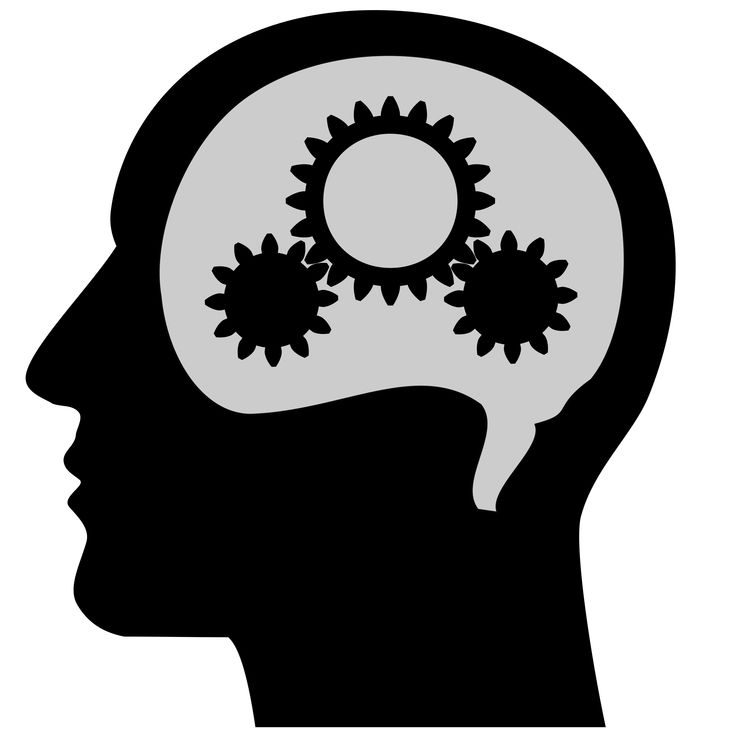
We've got more to tell you about thinking styles. If you gave us your email, check your inbox for an explanation of all the thinking styles. Most people have two or three that they use on a regular basis. You can also go to http://www.causeit.org/being-a-thought-partner at any time for an overview.
Your natural thinking style is: ENERGIZEREnergizer thinking is at the intersection of "Big Picture" and "Actions." Energizers like to set a bold vision, rally people around a cause, and mobilize resources to achieve an important objective.
We've got more to tell you about thinking styles. If you gave us your email, check your inbox for an explanation of all the thinking styles. Most people have two or three that they use on a regular basis. You can also go to http://www.causeit.org/being-a-thought-partner at any time for an overview.
Your natural thinking style is: CONNECTORConnector thinking is at the intersection of "Big Picture" and "People. " Connectors like to build and strengthen relationships, bringing people together around shared interests and for mutual benefit.
" Connectors like to build and strengthen relationships, bringing people together around shared interests and for mutual benefit.
We've got more to tell you about thinking styles. If you gave us your email, check your inbox for an explanation of all the thinking styles. Most people have two or three that they use on a regular basis. You can also go to http://www.causeit.org/being-a-thought-partner at any time for an overview.
Your natural thinking style is: EXPERTExpert thinking is at the intersection of "Micro" and "Ideas." Experts like to go deep into a topic to gain insight, reveal new information, and test assumptions.
We've got more to tell you about thinking styles. If you gave us your email, check your inbox for an explanation of all the thinking styles. Most people have two or three that they use on a regular basis. You can also go to http://www.causeit.org/being-a-thought-partner at any time for an overview.
Your natural thinking style is: OPTIMIZEROptimizer thinking is at the intersection of "Micro" and "Process.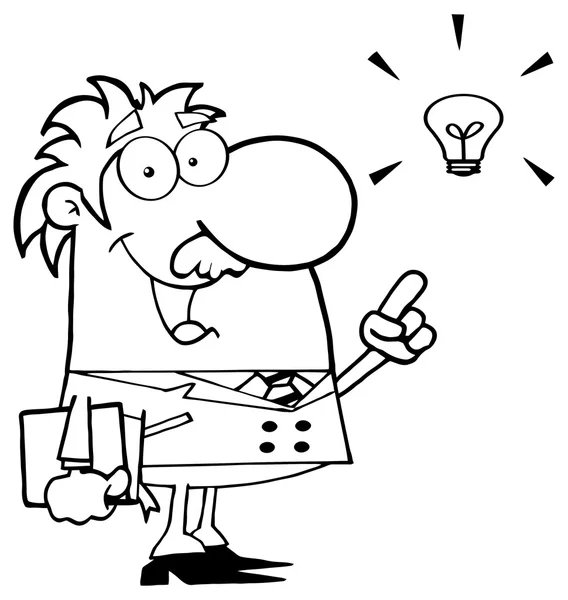 " Optimizers like to make things better, always finding ways to be more productive, efficient and organized.
" Optimizers like to make things better, always finding ways to be more productive, efficient and organized.
We've got more to tell you about thinking styles. If you gave us your email, check your inbox for an explanation of all the thinking styles. Most people have two or three that they use on a regular basis. You can also go to http://www.causeit.org/being-a-thought-partner at any time for an overview.
Your natural thinking style is: PRODUCERProducer thinking is at the intersection of "Micro" and "Action." Producers like to get things done — checking it off the list, sustaining momentum, and achieving the result.
We've got more to tell you about thinking styles. If you gave us your email, check your inbox for an explanation of all the thinking styles. Most people have two or three that they use on a regular basis. You can also go to http://www.causeit.org/being-a-thought-partner at any time for an overview.
Your natural thinking style is: COACHCoach thinking is at the intersection of "Micro" and "People. " Coaches like to work with people one-one-one, helping them see their potential, overcome barriers and achieve their dreams.
" Coaches like to work with people one-one-one, helping them see their potential, overcome barriers and achieve their dreams.
We've got more to tell you about thinking styles. If you gave us your email, check your inbox for an explanation of all the thinking styles. Most people have two or three that they use on a regular basis. You can also go to http://www.causeit.org/being-a-thought-partner at any time for an overview.
As you get ready for your day, are you more likely to be thinking about:
Which statement describes your orientation between macro and micro?For what are people most likely to ask for your help?Are you more likely to get bored or frustrated in a meeting because it isWhat do you find most satisfying?
Online Cognitive Distortion Test 10 Thinking Distortions
Take the cognitive bias test online and for free. 10 Distortions in Your Thought That Make You Unhappy and Unlucky in Life.
10 Distortions in Your Thought That Make You Unhappy and Unlucky in Life.
1. Do you ever think that if I don't do something perfectly well, then I failed the job?
Yes
No
2. Don't you sometimes think that if something didn't work out for me once, then it will never work out?
Yes
No
3. Did you notice the habit of concentrating on a negative detail, devaluing the whole situation? For example, after reading the questions of the exam ticket, they immediately focused on one question that they obviously did not know. Thus, having determined for yourself that the whole ticket was unsuccessful, even if other questions could be answered
Yes
No
4. Does it happen that you automatically devalue something positive? For example, you were praised for the work done, but you treated the praise with disdain, did not accept it, justifying that it turned out well on its own, and I’m not so good, I’m like nothing to do with it
Yes
No
5. Do you sometimes predict a negative outcome of a situation for yourself, but rely not on facts, but on guessing for others or on negative assumptions?
Do you sometimes predict a negative outcome of a situation for yourself, but rely not on facts, but on guessing for others or on negative assumptions?
Yes
No
6. Do you sometimes make an elephant out of a fly (you exaggerate the problem too much), or vice versa - you underestimate your achievements too much?
Yes
No
7. Do you sometimes state the fact of some event on the basis of your feelings and emotions, rather than real knowledge? For example, I feel that you are not saying something, so you are lying to me, you cannot be trusted
Yes
No
8. How often do you think of the words "should", "must", must" and "shouldn't"? Yes
No
9. Do you often stigmatize yourself or others, like: if I didn’t succeed, then I’m a loser, or if he didn’t keep his promise, then he’s a bastard? Do you often take the blame even when your conscience is actually clear?0003
Yes
No
11. Do you ever have thoughts like if I did something important wrong, then I am a complete zero?
Yes
No
12.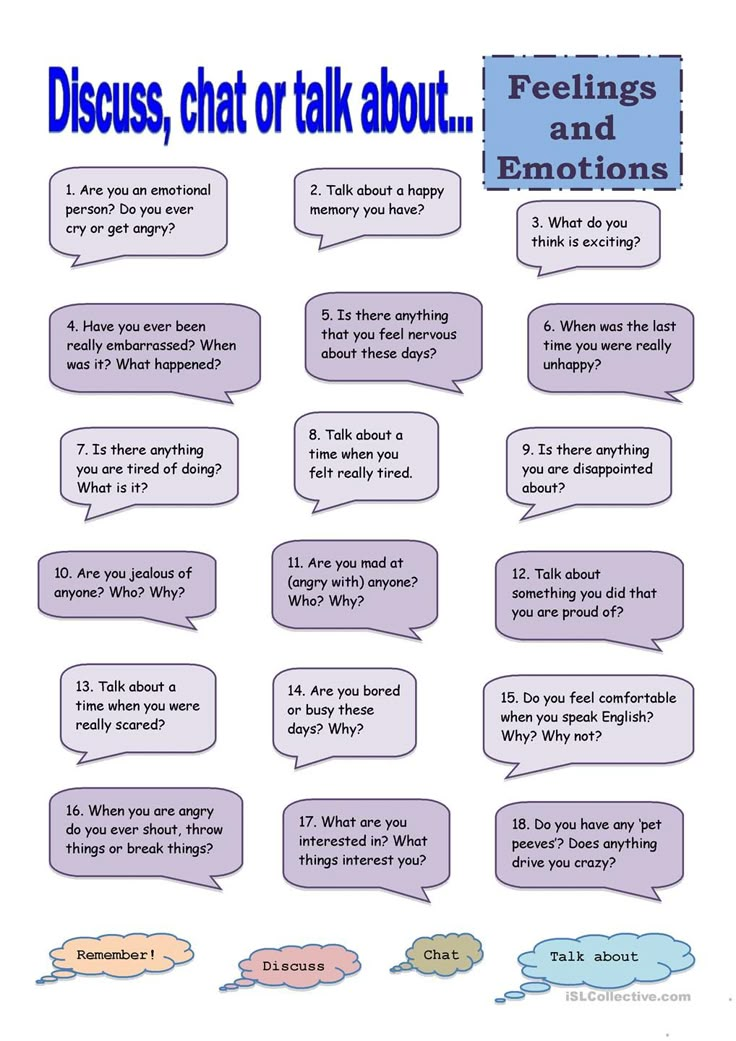 When you get upset, do the words "forever", "always", "never" etc. often appear in your vocabulary? For example, I always get something wrong
When you get upset, do the words "forever", "always", "never" etc. often appear in your vocabulary? For example, I always get something wrong
Yes
No
13. Does it happen to you that you imagine everything as a whole in the negative, fixing only on one negative detail? For example, if someone deceived you, then you can’t trust any of the people - all are deceivers
Yes
No
you something positive, or not sincere, or just wants to be polite, or a flatterer?
Yes
No
15. Do you often have thoughts that nothing will work out as planned, you will not be lucky, or everything will be bad?
Yes
No
16. Do you sometimes feel very much worried about a seemingly small mistake, or vice versa, do not rejoice at all and do not get pleasure from any achievement?
Yes
No
17. Do you often feel that you are controlled by feelings and emotions, rather than logic and common sense?
Yes
No
18.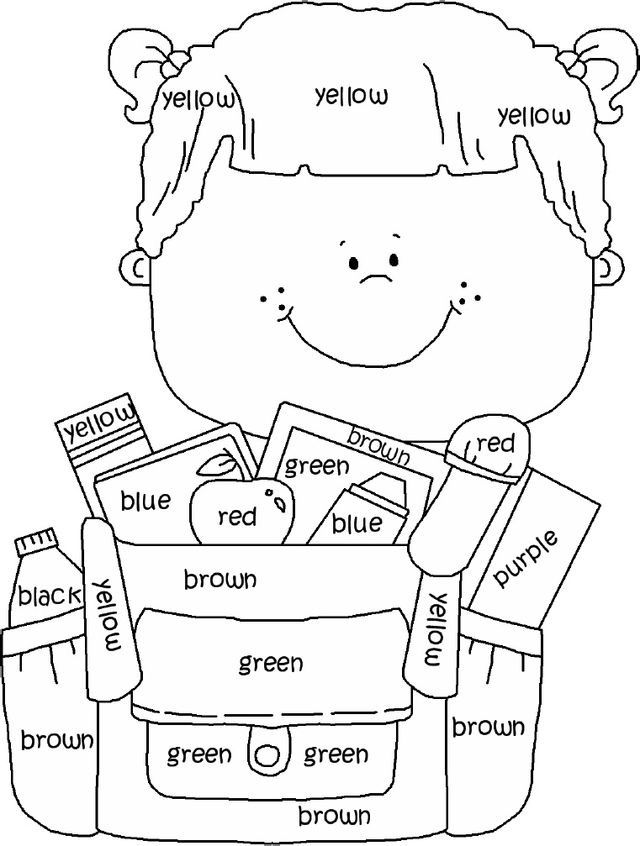 Do you sometimes have too much expectation of some event, and if the expectation did not come true, then you are very worried? nine0003
Do you sometimes have too much expectation of some event, and if the expectation did not come true, then you are very worried? nine0003
Yes
No
19. Do you often call yourself or another person names for mistakes?
Yes
No
For example, this person is suffering emotionally because of me, or I drove him into a frenzy
Yes
No
nine0003
Yes
No
22. Does it ever happen to you that if you don't get lucky once or twice, then it seems to you that you will never get lucky again?
Yes
No
23. Have you ever thought that you often devalue many positive things that happen to you, or even turn them into negative ones?
Yes
No
24. Do you feel that negative thoughts prevail in you, even in positive or neutral situations?
Yes
No
25. Do you often think that people think badly of you, or if I do something wrong, then they devalue me?
Yes
No
26.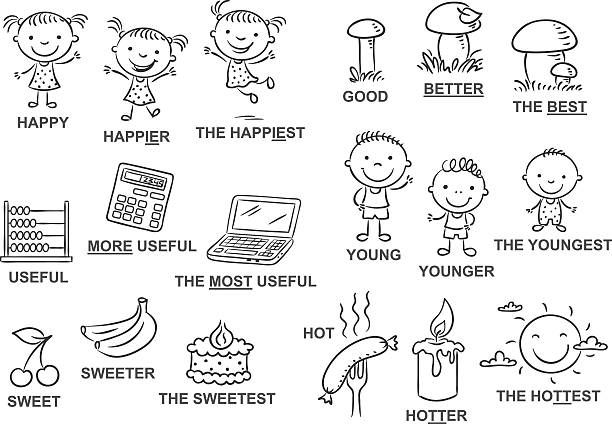 Don't you think that you underestimate your capabilities, skills, talents, and at the same time look for various flaws in yourself, even if they do not exist in reality?
Don't you think that you underestimate your capabilities, skills, talents, and at the same time look for various flaws in yourself, even if they do not exist in reality?
Yes
No
27. Don't you think that your emotions are thinking for you instead of rational thinking?
Yes
No
28. Don't you think that you expect too much from others, the world, life?
Yes
No
29. Do you like to scold yourself and / or other people, the whole world or such a life?
Yes
No
30. Do you often feel guilty - for yourself or for other people?
Yes
No
Simplification of human perception of the world. Black and White Thinking
One way we make it easy for ourselves to perceive such a complex world is through black and white, or dichotomous or polarized thinking. nine0003
This type of thinking manifests itself when we categorically assess the events of our lives, ourselves and those around us.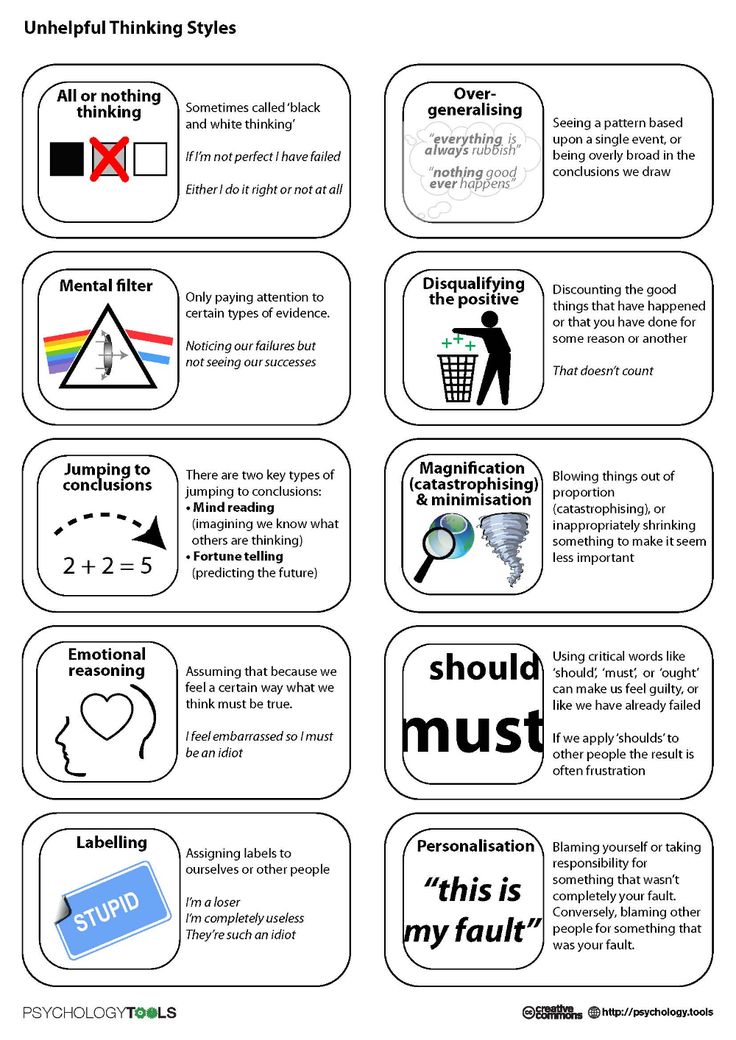 For example, a person may make a single mistake at work and conclude that he is completely unable to cope and it would be best for him to quit. Or one of the spouses decides: "Since we quarrel from time to time, our marriage as a whole is a mistake." In general, black-and-white thinking contributes to the assessment of the whole world in polar categories: good / bad, right / wrong, smart / stupid, successful / unsuccessful, etc. Such a vision leads to the fact that in the short term it becomes easier for us: it seems to us that we are in control of complex life manifestations, the level of uncertainty is reduced. But as a result, we experience strong emotions, often negative ones, and lose sight of the important nuances that make up life. And this can, in turn, lead to actions that we later regret. nine0003
For example, a person may make a single mistake at work and conclude that he is completely unable to cope and it would be best for him to quit. Or one of the spouses decides: "Since we quarrel from time to time, our marriage as a whole is a mistake." In general, black-and-white thinking contributes to the assessment of the whole world in polar categories: good / bad, right / wrong, smart / stupid, successful / unsuccessful, etc. Such a vision leads to the fact that in the short term it becomes easier for us: it seems to us that we are in control of complex life manifestations, the level of uncertainty is reduced. But as a result, we experience strong emotions, often negative ones, and lose sight of the important nuances that make up life. And this can, in turn, lead to actions that we later regret. nine0003
Scientists believe that black-and-white thinking was originally useful to humans and contributed to the survival of the human species in the process of evolution, as it helped to quickly respond to danger - the so-called "fight or flight" reaction.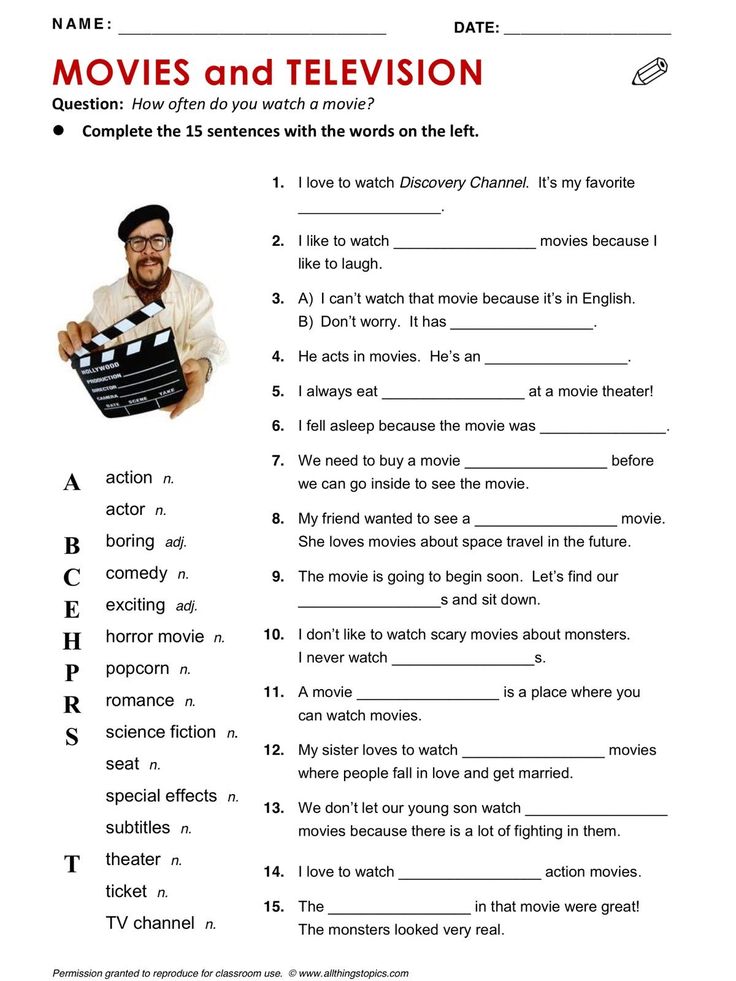 And even now, if at night in a deserted alley somewhere on the outskirts of the city a suspicious-looking person with an incomprehensible object in his hand is quickly approaching us, it may be more useful to immediately classify this situation as dangerous and quickly head towards a more crowded street. We should not waste time considering various alternative explanations for the behavior of a stranger. Although it is quite possible that he has, for example, a mobile phone in his hand, and he hurries to his beloved grandmother, who suddenly became ill. nine0003
And even now, if at night in a deserted alley somewhere on the outskirts of the city a suspicious-looking person with an incomprehensible object in his hand is quickly approaching us, it may be more useful to immediately classify this situation as dangerous and quickly head towards a more crowded street. We should not waste time considering various alternative explanations for the behavior of a stranger. Although it is quite possible that he has, for example, a mobile phone in his hand, and he hurries to his beloved grandmother, who suddenly became ill. nine0003
However, due to the mechanism of rapid categorization, when we see a rapidly approaching suspicious subject, we will experience strong emotional arousal, and hormones will immediately enter the bloodstream, which will put our body in a state of readiness for fight or flight by increasing the heart rate, increasing blood glucose levels, slowing down digestion, acceleration of reflexes, etc. We will not waste time thinking about a complex reality, but will instantly categorize the situation as dangerous, and quite possibly this will save our lives. nine0003
nine0003
However, in today's world there are fewer and fewer situations that require the use of black-and-white thinking in order to survive, and as a result, it harms us more often than it helps.
Research shows that black-and-white thinking is characteristic of various psychological disorders. Depressed people often use the categories "always/never", "everything/nothing", "beautiful/terrible". With hypochondriacal disorder (constant concern about one's own health), people are more likely to think in terms of "I am either completely healthy or terminally ill." nine0003
Often there is an opinion that categorical assessments help us in striving for excellence. Some of us were raised this way by our parents when we were in school: “What, a B on a test?! Why not five? Are you stupid/stupid? And we habitually use this method, "educating" ourselves. It may even work to some extent, but at what cost? Our self-esteem constantly hangs on a roller coaster, causing strong emotions - sometimes positive, sometimes sharply negative.![]() It is more difficult for us to establish relationships with people, because they can either be too good to communicate with us, or vice versa - too bad, unworthy. As a result, our perception of the world is narrowed, and our possibilities in it are severely limited. nine0003
It is more difficult for us to establish relationships with people, because they can either be too good to communicate with us, or vice versa - too bad, unworthy. As a result, our perception of the world is narrowed, and our possibilities in it are severely limited. nine0003
Black-and-white thinking is characteristic of almost all people, the only question is the frequency and adequacy of its use. I suggest that you observe yourself over the next few days and pay attention when you evaluate something in polar categories and how much it helps you.
If you decide that black and white thinking rather bothers you, and you would like to change this habit, I suggest you the following simple sequence of actions. Let's say you had a responsible performance at work and you rated it as a failure, and yourself as a worthless specialist. Black and white thinking is a familiar mechanism that works automatically and almost instantly. Therefore, first of all, take the time to once again, more carefully think about your assessment.
